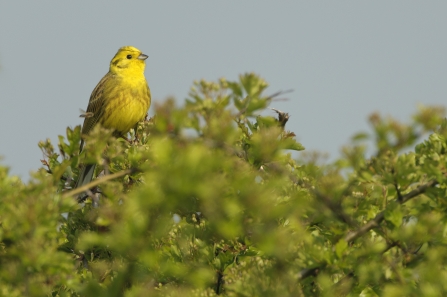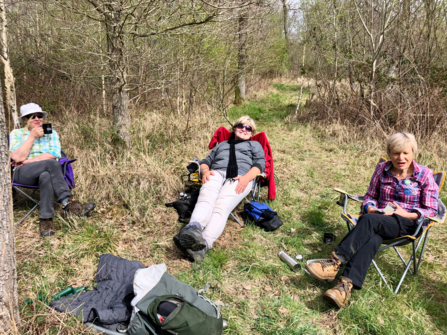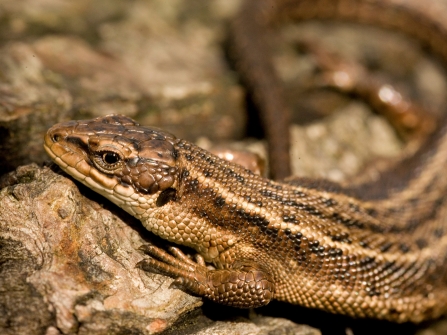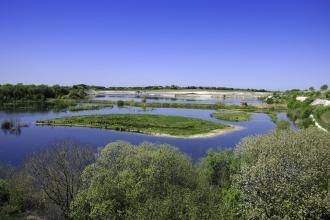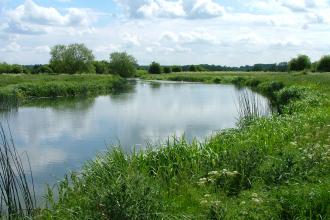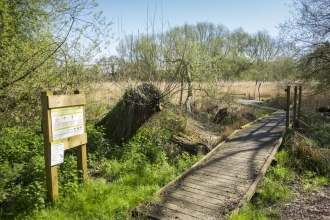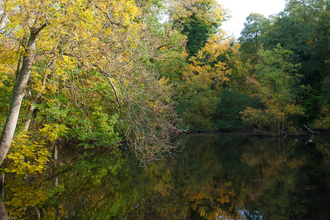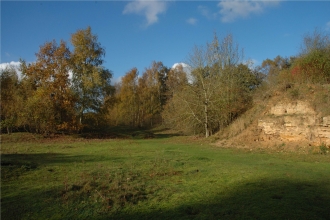There is no better place to be than Finemere Wood on a warm sunny day in April. The approach to the reserve is increasingly off-putting as HS2 works escalate. The surrounding landscape is becoming ever bleaker as yet more greenery is removed. Hedges replaced with fencing. Fields of grass and flowers, now bare soil. Heavy machinery chugs around moving earth from one place to another.
Yellowhammers, with their bright yellow head and underparts, once resided along the track into the wood. It was always a joy to watch as they flitted across my path, just one of many species that must find another home.


